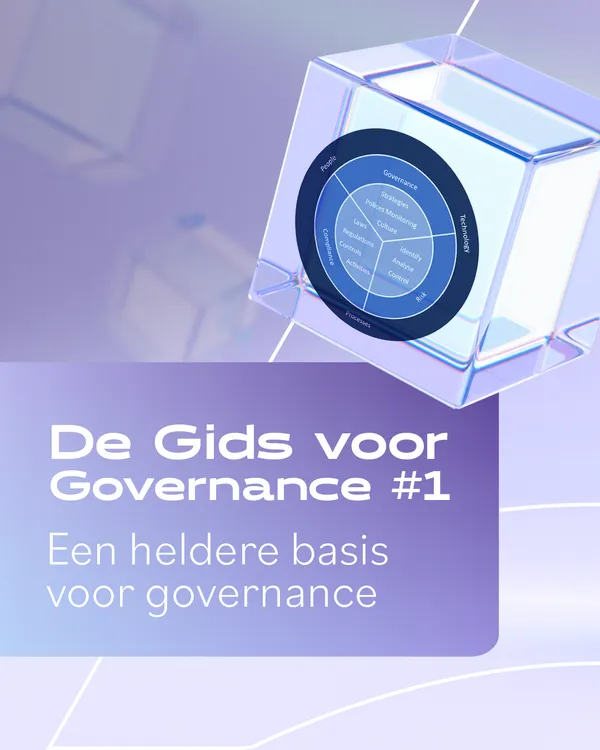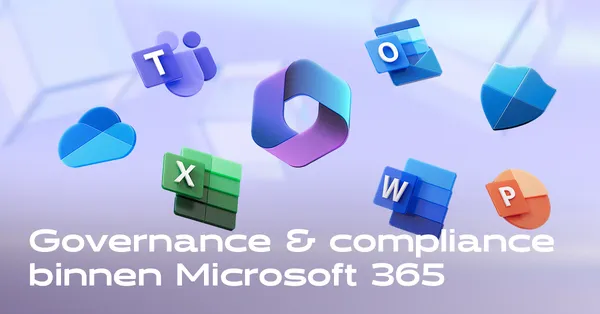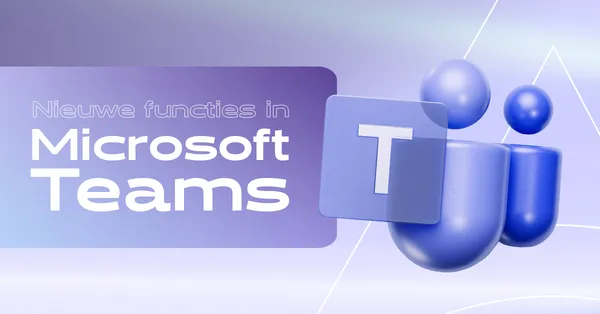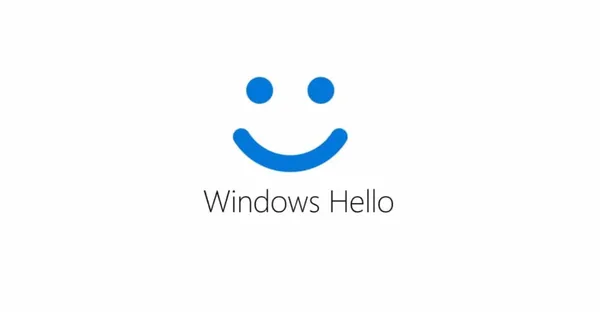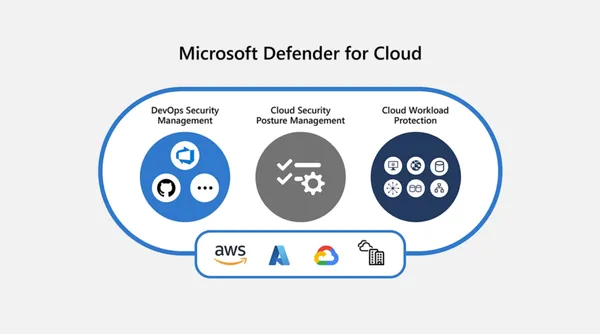
Knowledge base
June 19, 2021
What is Microsoft Power BI and its key features?
Microsoft Power BI is a business intelligence platform that provides non-technical business users with tools to aggregate, analyze, visualize, and share data. Power BI’s user interface is fairly intuitive for users familiar with Excel, and its deep integration with other Microsoft products makes it a very versatile self-service tool that requires little upfront training.
A free version of Power BI is intended for small to medium business owners; a professional version called Power BI Plus is available for a monthly subscription fee. Users can download an application for Windows 10 called Power BI Desktop and native mobile apps for Windows, Android and iOS devices. There’s also Power BI Report Server for businesses that need to maintain their data and reports on-premises. That version of Power BI requires a special version of the desktop app – aptly called Power BI Desktop for Power BI Report Server.
Common uses of Power BI
Microsoft Power BI is used to find insights into an organization’s data. Power BI can help connect disparate data sets, transform and clean up the data in a data model, and create charts or graphs to provide visualizations of the data. All this can be shared with other Power BI users within the organization.
The data models created with Power BI can be used for organizations in a variety of ways, including storytelling through charts and data visualizations, and exploring “what if” scenarios within the data. Power BI reports can also answer questions in real time and help forecasting to ensure departments are compliant with business metrics.
Power BI can also provide executive dashboards for administrators or managers, giving management more insight into how departments are doing.
Who uses Power BI
While Power BI is a self-service BI tool that brings data analytics to employees, it is primarily used by data analysts and business intelligence professionals who create the data models before distributing reports throughout the organization. However, people without an analytical background can still navigate Power BI and create reports.
Microsoft Power BI is used by both department reps and management, with reports and forecasts created to help sales and marketing reps, while also providing management data on how the department or individual employees are progressing toward their goals .
In addition, Power BI provides an admin portal for administrators to help configure Power BI deployment, usage monitoring and licensing.
Main features of Power BI
Microsoft has added and continues to add a number of data analytics features to Power BI since its inception. Some of the key features are:
Artificial intelligence — Users can access image recognition and text analysis in Power BI, create machine learning models using automated machine learning capabilities, and integrate with Azure Machine Learning.
Hybrid Deployment Support — This feature provides built-in connectors that allow Power BI tools to connect to a number of different data sources from Microsoft, Salesforce, and other vendors.
Quick insights — This feature allows users to create subsets of data and automatically apply analytics to that information.
Support common data models — Power BI’s support for the common data model enables the use of a standardized and extensible set of data schemas (entities, attributes, and relationships).
Cortana integration — Particularly popular on mobile devices, this feature allows users to verbally query data in natural language and access results using Cortana, Microsoft’s digital assistant.
Amendment — This feature allows developers to change the appearance of standard visualization and reporting tools and import new tools into the platform.
Integration APIs — This feature provides developers with sample code and application performance interfaces (APIs) for embedding the Power BI dashboard into other software products.
Self-service data preparation — Power Query enables business analysts to ingest, transform, integrate, and enrich big data into the Power BI web service. Ingested data can be shared across multiple Power BI models, reports, and dashboards.
Modeling view — Allows users to divide complex data models into individual charts by subject area, select objects with multiple selections and set general properties, view and modify properties in the property pane, and set up display folders for easier use of complex data models.
Microsoft Power BI updates
Power BI was originally called Project Crescent and was initially available in July 2011, bundled with SQL Server, codenamed Denali. It was subsequently renamed Power BI and unveiled in September 2013 as Power BI for Office 365. Initially based on Excel features like Power Query, Power Pivot, and Power View, Microsoft added features over time, including enterprise-level data connectivity and security options. Power BI was released as a standalone product in July 2015.
Today, Microsoft updates the Power BI application monthly with new features and improvements. To get the updates, users can download the latest edition from the Power BI site or Windows 10 users can download Power BI Desktop from the Windows Store.
Microsoft Power BI works by connecting data sources and providing a business intelligence dashboard to the users. It can connect to just an Excel spreadsheet or bring cloud-based and on-premises data warehouses together. Data from cloud-based sources, such as Salesforce CRM, is refreshed automatically. With applications such as an Excel workbook or Power BI Desktop file connected to online or on-premises data sources, Power BI users must manually refresh or set a refresh schedule to ensure that the data in Power BI reports and dashboards is use the latest available data.
Power BI components
Power BI consists of a collection of apps and can be used on desktop, as a SaaS product or on a mobile device. Power BI Desktop is the on-premises version, Power BI Service is the cloud-based offering, and mobile Power BI runs on mobile devices.
The different parts of Power BI are designed to let users create and share business insights in a way that fits their role.
Power BI includes several components that allow users to create and share data reports.
- Power Query: a data mashup and transformation tool
- Power Pivot: a tool for modeling tabular data
- PowerView: a data visualization tool
- Power Map: a tool for visualizing 3D geospatial data
- Power Q&A : a natural language question and answer engine
In addition, there are dozens of data sources that connect to Power BI, ranging from files (Excel, PDF, SharePoint Folder, XML), databases (SQL Server Database, Oracle Database, IBM databases, Amazon Redshift, Google BigQuery), other Power BI datasets, Azure data connections and many online services (Dynamics 365, Salesforce Reports, Google Analytics, Adobe Analytics, Facebook and others).
How to use Power BI
In Power BI Desktop, analysts and other users can create data connections, data models, and reports. Those reports can be shared in the Power BI service so that other users can view and interact with the reports.
Building a Power BI report starts with connecting data sources. Users then query the data to create reports based on their needs. The report is published to Power BI Service and shared so that cloud and mobile users can view and interact with the report. Permissions can be added to give colleagues the ability to edit reports or create dashboards or restrict their ability to edit.
Power BI costs
There are three levels of Power BI for users: Power BI Desktop, Power BI Pro, and Power BI Premium. The desktop version is free, while the Pro model costs $9.99 per user per month (as of November 2018). Pricing for Power BI Premium depends on the size of the deployment and the number of users.
Source: tech target
Want to know more?
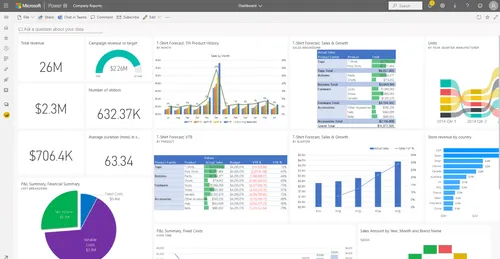
Related
blogs
Tech Updates: Microsoft 365, Azure, Cybersecurity & AI – Weekly in Your Mailbox.

